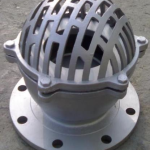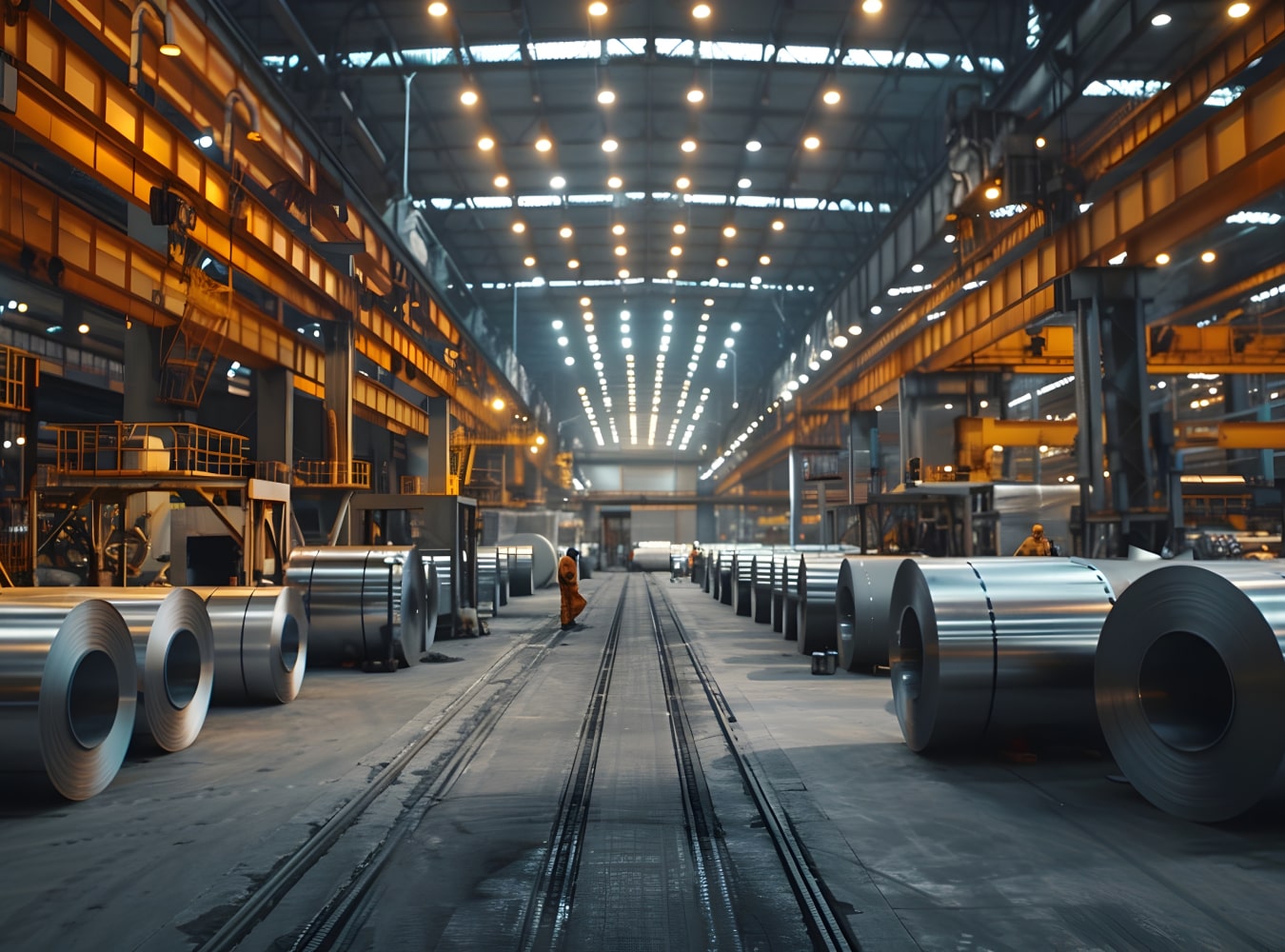SVR Global understands the importance that valves play in managing fluid flow within industrial systems. Among the various types of valves, gate valves and check valves often cause confusion due to their distinct functions. This comprehensive guide from SVR Global, your trusted partner for industrial valves and piping solutions, will clearly explain the differences between gate valves and check valves, enabling you to make informed decisions for your specific applications.
What are Gate Valves ?
Gate valves from SVR Global are designed for reliable on/off control, providing effective isolation of a section of the pipeline. They operate using a sliding gate, which is a flat or wedge-shaped plate that moves perpendicular to the flow direction. When the gate is fully raised, the valve opens, allowing for unrestricted flow. In contrast, when the gate is completely lowered, the valve closes, halting the flow.
How Do Gate Valves Work?
- Gate Movement: The gate is moved up or down by a stem, which is typically controlled by a handwheel or actuator.
- Full Open or Closed: The gate valves are designed to operate in either the fully open or fully closed position. They are generally not intended for throttling or flow regulation.
- Isolation: When the gate is closed, it creates a tight seal, effectively isolating the downstream section of the pipeline.
Key Features of Gate Valves
- Linear Motion: The gate operates by moving in a straight line.
- Full Port: When fully open, SVR Global’s gate valves provide minimal flow restriction.
- On/Off Service: These valves are mainly used for isolation and controlling on/off flow.
Advantages of Gate Valves
- Low Pressure Drop: When fully open, they provide minimal resistance to flow.
- Bidirectional Flow: They can be installed in either direction.
- Simple Design: Their relatively straightforward construction makes maintenance easy.
Applications of Gate Valves Provided by SVR Global
Gate valves that are commonly used in:
- Water and Wastewater Pipelines
- Oil and Gas Pipelines
- Chemical Processing
- Power Generation
What are Check valves ?
Check valves, known as non-return valves, are specifically designed to stop backflow in a pipeline. They permit flow in just one direction and automatically shut to prevent any reversal of flow. Unlike gate valves, check valves function without the need for external actuation; they are self-operating.
How do Check Valves work?
- Flow Activation: The flow of fluid in the correct direction opens the valve.
- Backflow Prevention: If there is an attempt at backflow, the valve automatically closes.
- Automatic Operation: There is no need for manual or actuator intervention.
Key Features of Check Valves
- Automatic Closure: These valves close on their own to stop backflow.
- One-Way Flow: They permit flow in just one direction.
- Various Types: Check valves are in multiple designs (swing, lift, ball, etc.) to meet different and specific needs.
Advantages of Check Valves from SVR Global
- Automatic Protection: Ensures automatic prevention of backflow.
- Simple and Reliable: Typically straightforward and dependable in operation.
- Protects Equipment: Stops backflow that could harm pumps and other machinery.
Applications of Check Valves
Check valves used in various industries, including:
- Pump Protection
- HVAC Systems
- Plumbing Systems
- Chemical Processing
Gate Valve vs. Check Valve :
| Feature | Gate Valve | Check Valve |
| Function | On/Off Control, Isolation | Backflow Prevention |
| Operation | Manual or Actuated | Automatic |
| Flow Control | Not Recommended | Not Applicable |
| Flow Direction | Bidirectional | Unidirectional |
| Throttling | No | No |
| Applications | Isolation, On/Off Service | Backflow Prevention, Equipment Protection |
Choosing the Right Valve:
Selecting the right valve from SVR Global is essential for ensuring efficient and safe operations. Reach out to our team of experts for tailored advice. Keep these important factors in mind:
- Flow Control Requirements: If you need to manage flow, a gate valve won’t suffice. Instead, look at a globe valve or another throttling valve.
- Backflow Prevention: If your main goal is to stop backflow.
- Isolation Needs: For completely isolating a section of the pipeline, a gate valve is the best option.
- Automatic Operation: If you need a valve that functions automatically without any external control, a check valve is the way to go.
SVR Global is your reliable partner for industrial valves and piping solutions. It’s important to understand the distinctions between gate valves and check valves when choosing the right valve for your specific needs. Reach out to us today to talk about your project requirements, and our team will assist you in finding the ideal valve to guarantee optimal performance, reliability, and safety.













